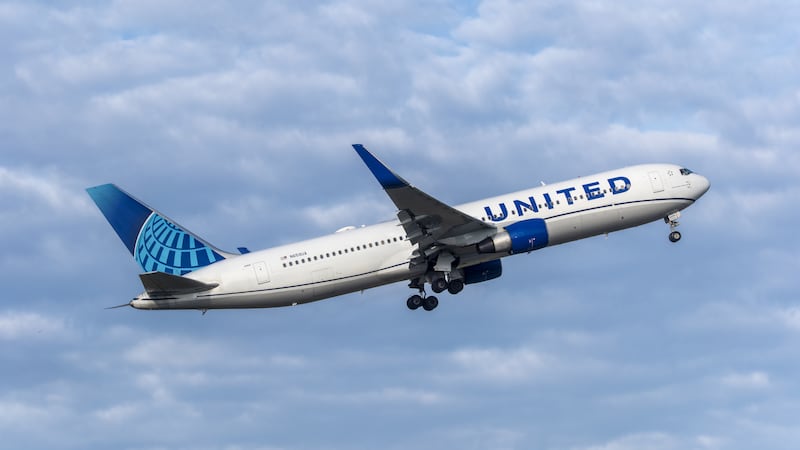SEATTLE — The Cascadia Subduction Zone beneath the Northwest has the potential to cause the worst natural disaster in North American history.
Below is easy-to-understand information about the science behind the subduction zone and why people are talking about it now.
What’s the Cascadia Subduction Zone (CSZ)?
Quick definitions:
- A subduction zone is where two plates converge, and one plate is thrust beneath the other.
- A megathrust is when two crustal plates in a subduction zone collide.
The Cascadia Subduction Zone is a fault that sits along the bottom of the Pacific Ocean – stretching from Northern Vancouver Island to Northern California.
At the fault line: The Juan de Fuca plate is moving eastward underneath the North America plate at a rate of a few centimeters per year. Eventually, there could be a sudden slip at the fault line. This would create a megathrust earthquake.
What’s it capable of?
Earthquake experts say CSZ could cause the worst natural disaster in the history of North America, if it ruptures entirely. The CSZ has produced magnitude 9.0 or greater earthquakes in the past, and undoubtedly will in the future, according to PNSN.
The CSZ could deliver three to five minutes of shaking and a tsunami.
When did the last big one happen?
The last known megathrust earthquake in the Northwest was in January 1700.
The Cascadia Subduction Zone usually ruptures every 200 to 500 years, and we haven’t had one in 300 years.
What are the chances "the big one" will never come in our lifetime?
It’s impossible to predict when a monster quake occurs. But tectonic stresses have been accumulating in the CSZ for more than 300 years.
The area is more likely to have another deep source quake like the Nisqually, which occurred in 2001. Chances for another one are above 80 percent within the next 50 years, according to the PNSN.
Should I prepare?
Emergency management leaders encourage families to have a plan in the event of a disaster. People should prepare to survive on their own for seven to 10 days. Here’s how to make an emergency kit on a budget.
Cox Media Group








